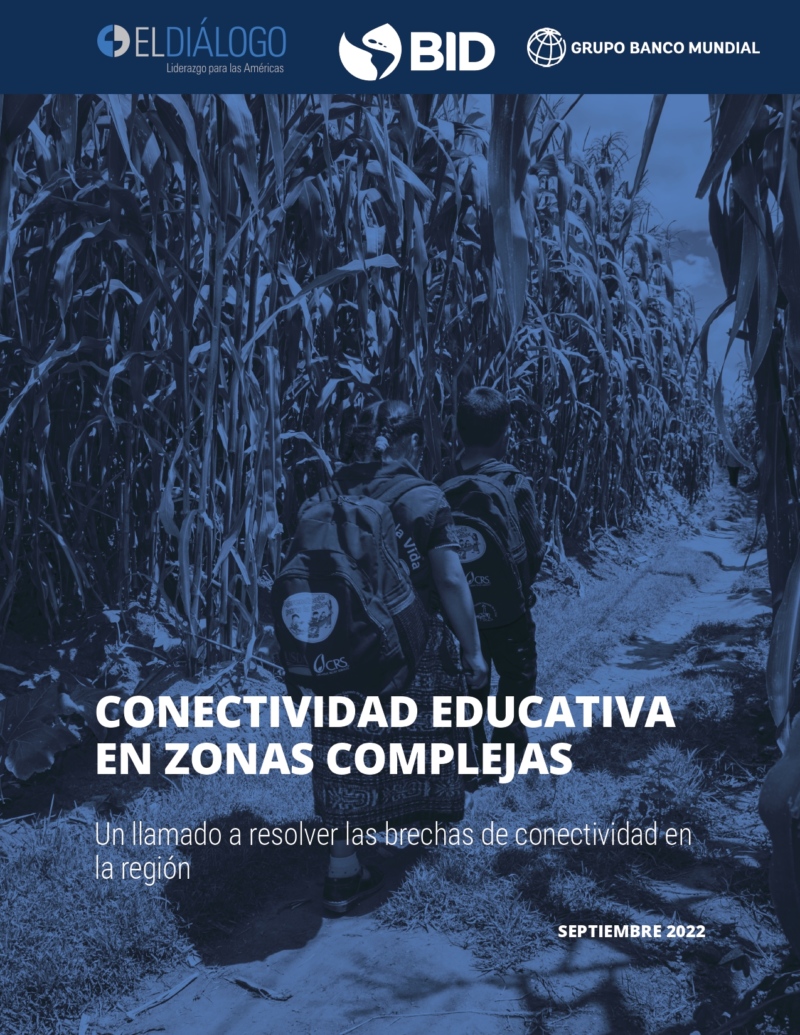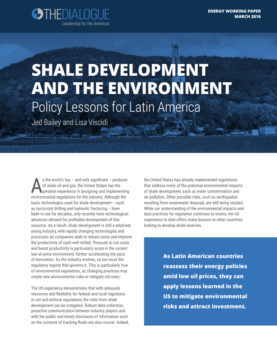
US Learning to Live With Strained Ecuador Ties
Since President Rafael Correa came to power, US relations with Ecuador have been rocky. In dealing with Correa, Washington faces difficult policy choices.
This post is also available in: Español Português
The countries of Latin America face a challenge of strategic importance: to extend significant connectivity for educational purposes throughout the length and breadth of the territory. Areas of low population density, distant from urban centers or isolated due to geography, have deficient coverage and internet usage rates. The forced virtuality during the pandemic highlighted the significant gaps many homes and schools faced and, consequently, the relevance of having significant connectivity—with appropriate and regular speed, sufficient data, and access to affordable devices—for educational purposes.
Ensuring meaningful connectivity for educational purposes requires finding creative and flexible solutions and promoting response packages that extend quality service quickly and economically. The technology already exists, so achieving this objective requires guaranteeing financing and appropriate regulatory and institutional conditions so that the private sector, communities, and users develop the necessary investments, complementing the investments assumed by the state.
This call to action results from a joint initiative by leaders from the public and private sectors and multiple civil society actors who have responded to the Inter-American Dialogue's call for a Working Group on Educational Connectivity in partnership with the Inter-American Development Bank and the World Bank.
Four lines of action are proposed that all countries must systematically follow to promote the expansion of significant connectivity for educational purposes:



Since President Rafael Correa came to power, US relations with Ecuador have been rocky. In dealing with Correa, Washington faces difficult policy choices.
As Latin American countries reassess their energy policies in light of lower oil prices, there is an opportunity to apply lessons learned from the US experience to enact regulations that mitigate environmental risks, strengthen public support, and attract investment.
This post is also available in: Spanish Portuguese (Brazil)Dos experiencias centroamericanas demuestran que un buen programa de autogestión escolar puede ser una eficaz alternativa para aumentar la cobertura educacional en áreas rurales pobres. El Programa con Participación de la Comunidad — EDUCO— en El Salvador, y el Programa Nacional de…
 Featured Photo: U.S. Department of Agriculture (USDA) / Flickr / CC0
Featured Photo: U.S. Department of Agriculture (USDA) / Flickr / CC0
